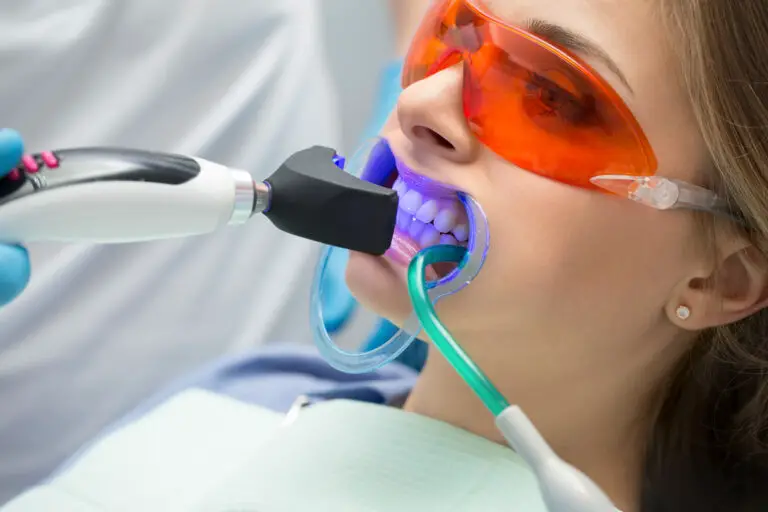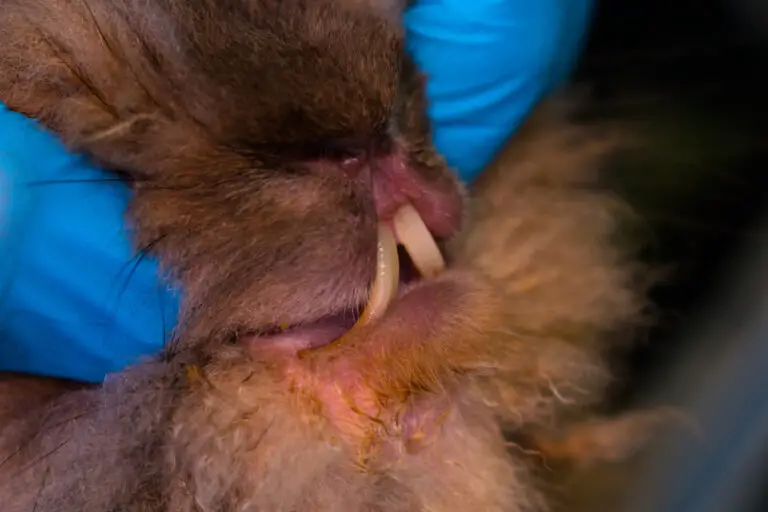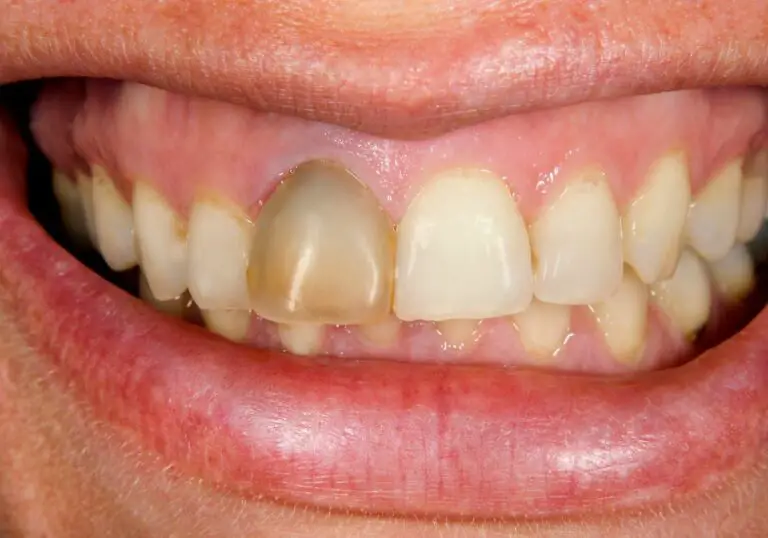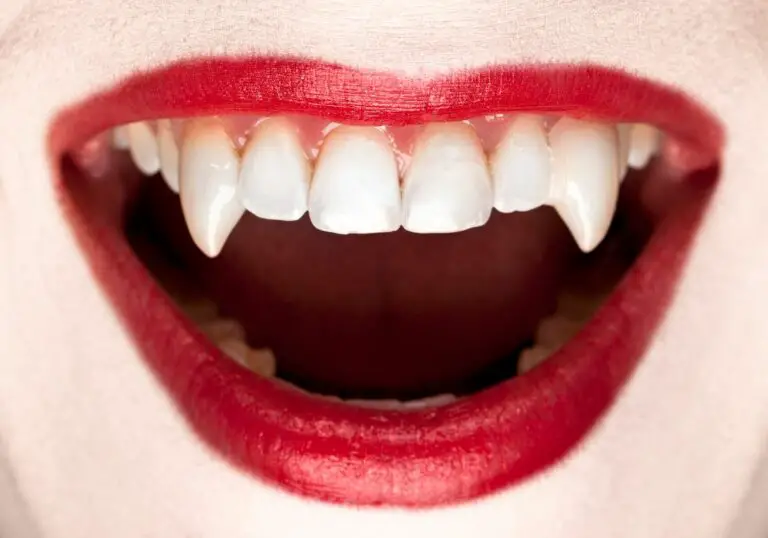Getting your wisdom teeth removed is a common dental surgery that many young adults undergo. It’s often recommended to prevent future problems like crowding, infections, cysts, or damage to nearby teeth.
The surgery leaves you with empty sockets in your gums where the wisdom teeth used to be. These holes take time to heal and close up. You may be wondering if you can eat normally while recovering from wisdom tooth extraction.
It is possible to transition back to a normal diet within about a week after surgery. But you need to follow precautions and advance your diet slowly. Keep reading to learn:
- Why wisdom teeth need to be removed
- The wisdom tooth extraction procedure
- Recovery timeline and what to expect
- When you can start eating solid foods
- Best foods to eat with wisdom tooth holes
- Foods to avoid after extraction
- How long until you can resume a normal diet
- Tips for eating with post-op wisdom tooth sockets
Why Wisdom Teeth Need to be Removed?
Wisdom teeth are the third and final set of molars that erupt in the late teens to early 20s. They are located in the far back corners of your mouth.
Sometimes wisdom teeth become impacted or only partially emerge due to lack of space. This can cause a number of problems such as:
- Overcrowding – Wisdom teeth can shift other teeth out of alignment
- Tooth Decay – Partial eruption makes wisdom teeth hard to clean, leading to cavities
- Gum Disease – Food and bacteria trapped under wisdom teeth can cause gum infection
- Cysts or Tumors – Fluid-filled sacs or abnormal growths around impacted wisdom teeth
- Root Damage – Adjacent teeth roots can be weakened or damaged by impacted wisdom teeth
- Jaw Pain – Pressure from wisdom teeth pushing on other teeth causes pain and swelling
To prevent these issues, oral surgeons recommend extracting problematic wisdom teeth. This is usually done when patients are teenagers or young adults before complications develop.
The Wisdom Tooth Extraction Procedure
Wisdom tooth removal is done as an outpatient procedure, either in your dentist’s office or an oral surgery clinic. You will be given local anesthesia to numb the area so you don’t feel pain.
There are two main techniques for extracting wisdom teeth depending on how impacted they are:
Simple Extraction
If the wisdom tooth has fully come in and there are no complications, the oral surgeon can pull it out with dental instruments. This is similar to a routine tooth extraction.
Surgical Extraction
If the wisdom tooth is partly erupted or lying flat under the gums, the surgeon will make a small incision in the gum tissue and remove bone around the tooth. They may cut the tooth into pieces to make it easier to take out.
After removing the wisdom teeth, the surgeon irrigates the empty sockets and stitches closed the gum flaps. You may also get instructions to bite down on gauze to control bleeding.
Wisdom Teeth Removal Recovery Timeline
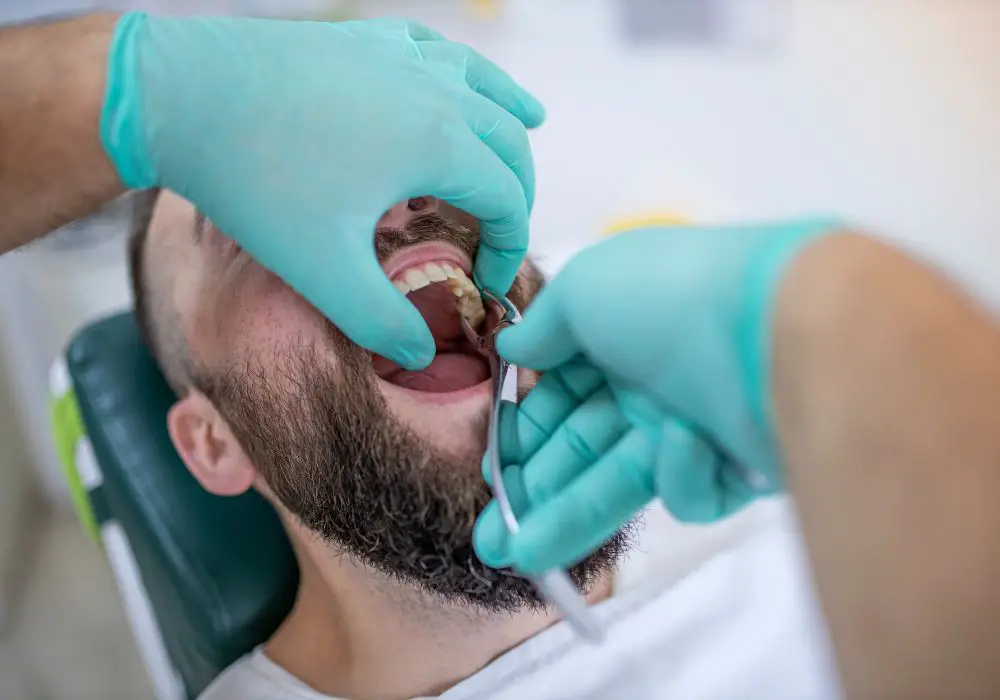
Recovery after wisdom tooth extraction takes around 2 weeks as the holes in your gums slowly heal and close up. Here’s what to expect:
Day of Surgery
You’ll feel numbness from the local anesthetic for a few hours after the procedure. Bleeding should stop within an hour or two. Use gauze as directed to control bleeding. Keep your head elevated and apply ice packs to reduce swelling. Stick to liquids only.
1-3 Days After
Swelling and mild bruising around the cheeks and jaw is normal. Follow instructions for pain medication use. Eat soft foods like yogurt, oatmeal, mashed fruits. Rinse mouth gently with warm salt water after eating.
3-7 Days After
Pain should gradually subside over a week. Slowly add more solid but soft foods. Swelling improves but may persist for up to 2 weeks. Oral stitches dissolve on their own within a week.
10-14 Days After
Most of the wisdom tooth holes will be closed up by 2 weeks. Sensitivity may linger as gums continue to heal, but you can transition back to firmer foods. Use caution while chewing on surgical sites.
When Can I Start Eating Solid Foods After Wisdom Teeth Removal?
Your diet needs to progress through 3 main phases after getting wisdom teeth out:
Liquids Only (First 24 Hours)
Stick to only fluids for the entire first day after surgery. Some good options:
- Water
- Ice chips
- Frozen fruit pops
- Jell-o
- Protein shakes
- Yogurt drinks
- Milkshakes
- Clear broths
- Pureed soups
Drink lots of water and avoid sucking through a straw, which can dislodge the blood clot.
Soft Foods (2-7 Days After)
After the first 24 hours, slowly add soft, bland pureed and mashed foods:
- Applesauce
- Mashed bananas
- Oatmeal
- Mashed potatoes
- Pasta
- Cottage cheese
- Eggs
- Pudding
- Yogurt
Chew deliberately on the side away from the extraction sites.
Solid Foods (1-2 Weeks After)
Over the second week, transition to more solid foods but stick to soft, moist choices that are gentle to chew:
- Soft bread
- Well-cooked pasta
- ground meat
- Soft, shredded chicken
- Cooked vegetables
- Canned fruits
Avoid anything crunchy, sticky, or sharp that could get stuck in the wounds.
Best Foods to Eat With Wisdom Teeth Holes
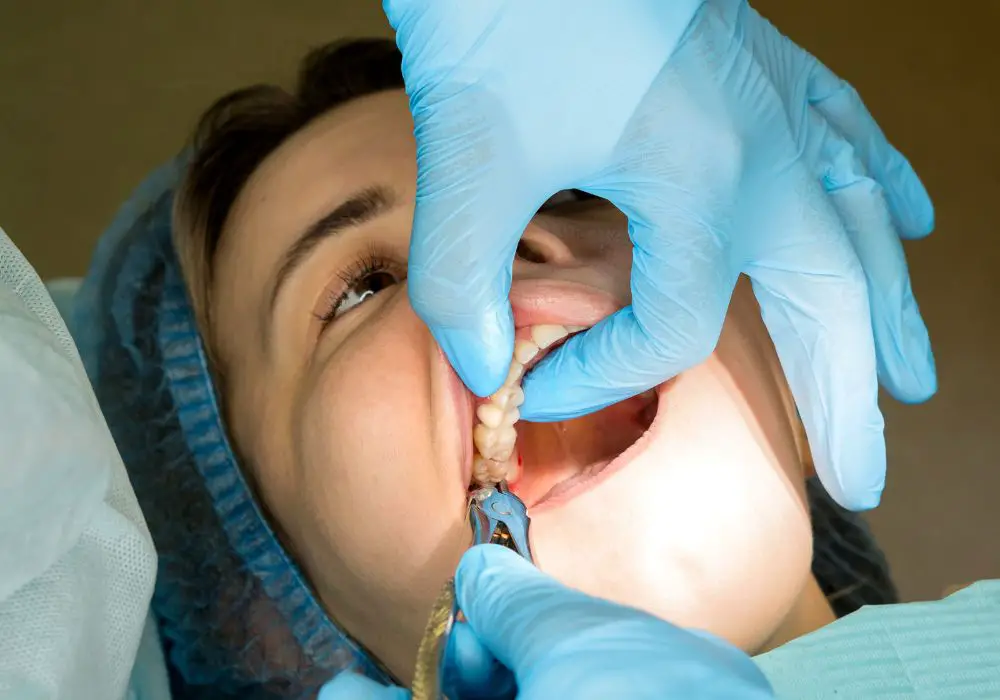
Focus on soft, nutritious choices that won’t irritate the extraction sites. These are the most ideal foods to eat the first 2 weeks after wisdom teeth removal:
Dairy Foods
Dairy foods provide protein and calcium for healing. Choose options like yogurt, milkshakes, smoothies, pudding, ice cream, and soft cheeses.
Grains
Look for well-cooked whole grain options like oatmeal, cream of wheat, mashed potatoes, macaroni and cheese. Avoid anything that’s crunchy or needs excessive chewing like crackers.
Fruits and Vegetables
Favor soft, cooked fruits and vegetables that can be mashed or pureed such as applesauce, mashed bananas, steamed carrots, or pureed soups.
Protein Foods
Good protein sources include scrambled eggs, poached fish, ground meat, tofu, beans, tuna salad, and nut butters thinned with milk or yogurt.
Beverages
Drink lots of water, along with juices, milk, protein shakes, smoothies, and electrolyte drinks. Avoid carbonated sodas or alcoholic drinks. Use a spoon or cup instead of straw.
Foods to Avoid After Wisdom Tooth Removal
It’s equally important to know what not to eat when recovering from wisdom tooth extraction:
- Hard or crunchy foods – chips, nuts, seeds, popcorn, crackers, raw veggies
- Sticky foods – peanut butter, caramel, gum, bread
- Spicy, acidic, or salty foods – curries, hot sauce, citrus fruits, pickles
- Carbonated beverages – soda, sparkling water, beer
- Very hot or cold foods – coffee, tea, ice cream, popsicles
- Alcohol
- Smoking
- Using straws
These all carry risk of dislodging the blood clot, getting food stuck in the wounds, or causing pain and swelling. Strictly avoid for at least 7-10 days.
How Long Until I Can Eat Normally After Wisdom Teeth Removal?
It takes 1-2 weeks to fully transition back to a normal diet after wisdom tooth extraction. But you can resume most typical solid foods around 5-7 days after surgery.
Some general guidelines for returning to a regular diet:
- 5 days after – Soft cooked pasta, bananas, eggs, tuna fish
- 7 days after – Pizza, deli sandwiches, hamburgers
- 14 days after – All foods including nuts, popcorn, raw veggies
However, timelines vary. Progress based on how your individual healing is going. If you still have lingering pain or sensitivity in the sockets after 2 weeks, stick with soft foods a bit longer before trying anything that requires heavy chewing.
Tips for Eating with Wisdom Teeth Holes
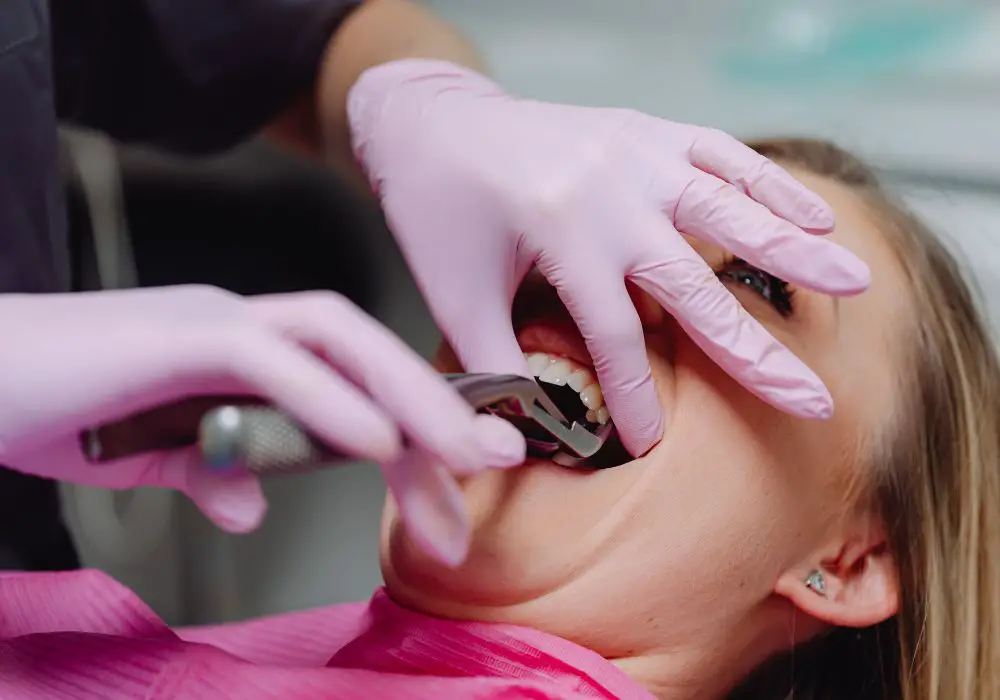
Follow these tips to make eating easier while your wisdom tooth extraction sites are healing:
- Chew slowly and gently, evenly distributing the bite on both sides
- Take small bites of soft, well-chewed food
- Avoid hard, crunchy, or sharp foods
- Drink lots of water and non-carbonated beverages
- Eat soft or ground meat, fish, and vegetables
- Cut food into smaller pieces
- Swallow gently, don’t use straws
- Sleep with head elevated to reduce swelling
- Rinse mouth gently with warm salt water after eating
- See your dentist if you have signs of infection like pus, fever, or chills
Conclusion
Having your wisdom teeth out leaves you with tender holes that take about 1-2 weeks to heal. Stick to liquids and soft foods initially, then steadily work your way back to a normal diet over 7-10 days. Avoid irritating foods during the healing process. Follow post-op eating instructions carefully to allow proper healing and recovery. Before you know it, your mouth will be healed and you can enjoy all your favorite foods again.
Frequently Asked Questions
How long after wisdom tooth extraction can I eat solid food?
You should stick to liquids only for the first 24 hours after surgery. After 24 hours, you can slowly add soft, bland solid foods. Most people are able to eat firm solid foods again 5-7 days after having wisdom teeth removed.
What foods should I avoid after wisdom tooth removal?
Avoid very hard, crunchy, sticky, hot, spicy or acidic foods for 1-2 weeks after surgery. Things like nuts, seeds, popcorn, chips, raw vegetables, and alcohol can irritate the extraction sites. Also avoid using straws which can dislodge the blood clot.
When is it safe to resume brushing after wisdom teeth removal?
Gently brush around the surgical sites after 24 hours, but avoid forceful spitting or rinsing. You can resume normal brushing about 5-7 days after surgery once the holes have started healing over.
How do you treat a dry socket after wisdom tooth extraction?
Dry socket is intensely painful and happens when the blood clot gets dislodged from the socket. Symptoms are throbbing pain, bad breath, and food getting trapped in the empty socket. See your dentist immediately if you have dry socket – you may need to have the area cleaned and packed with medicated gauze to promote healing.
How much bleeding is normal after wisdom teeth removal?
Mild bleeding for the first 24 hours is normal. But excessive or prolonged bleeding could indicate a problem. Call your oral surgeon if you are filling more than 2 gauze pads an hour with blood or bleed persistently beyond 24 hours.

